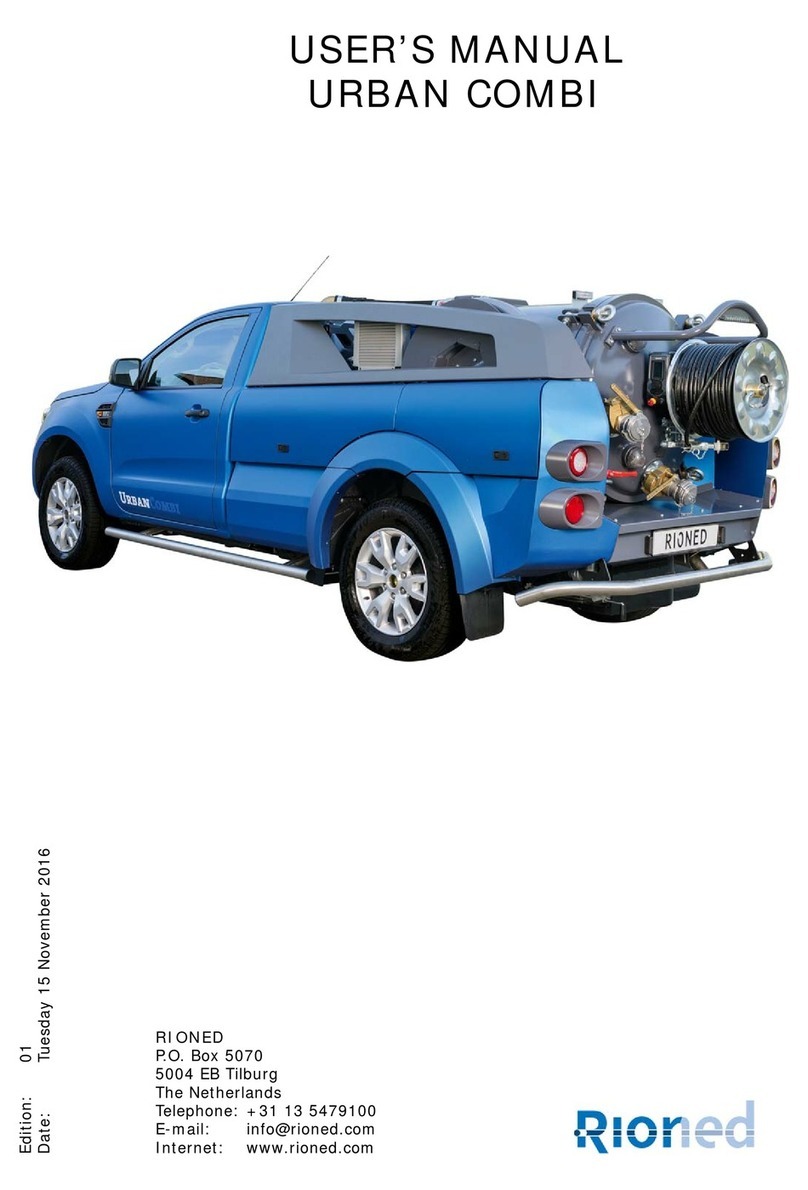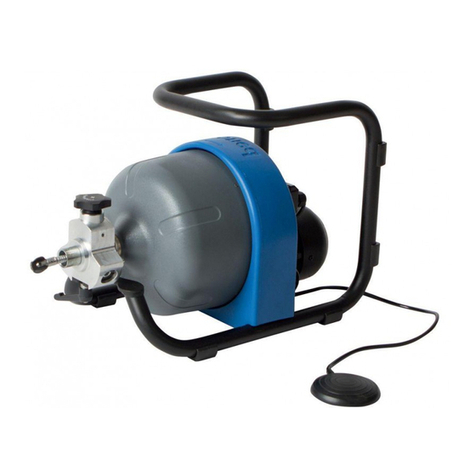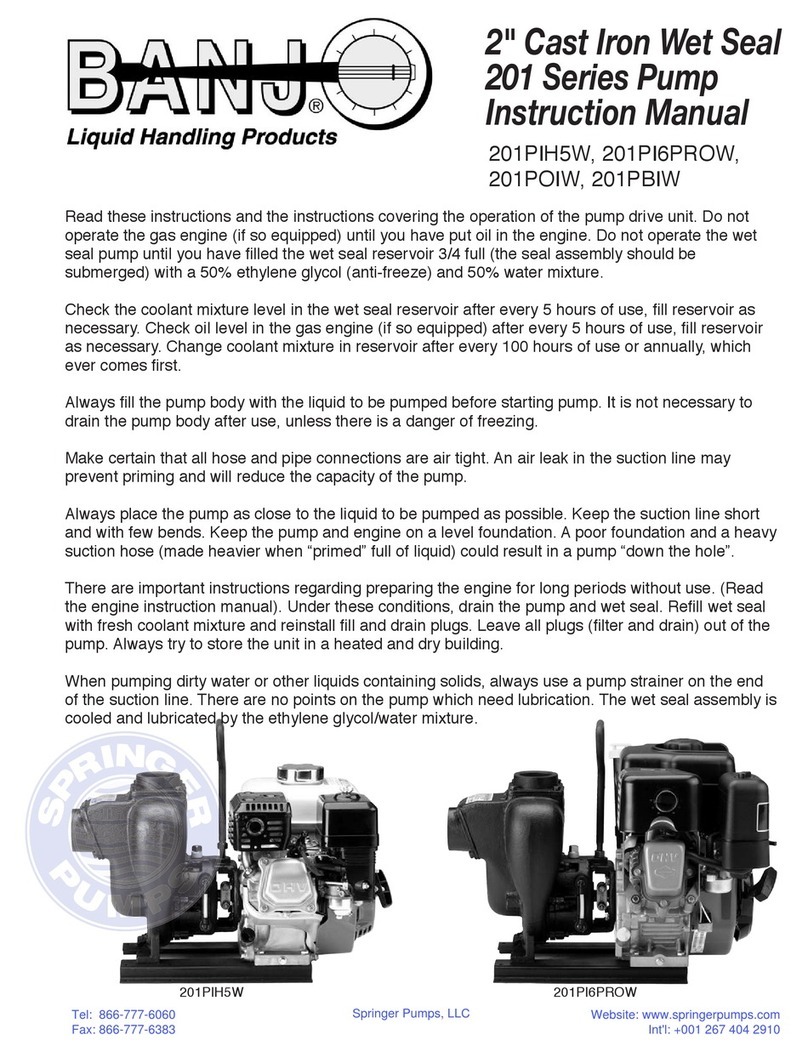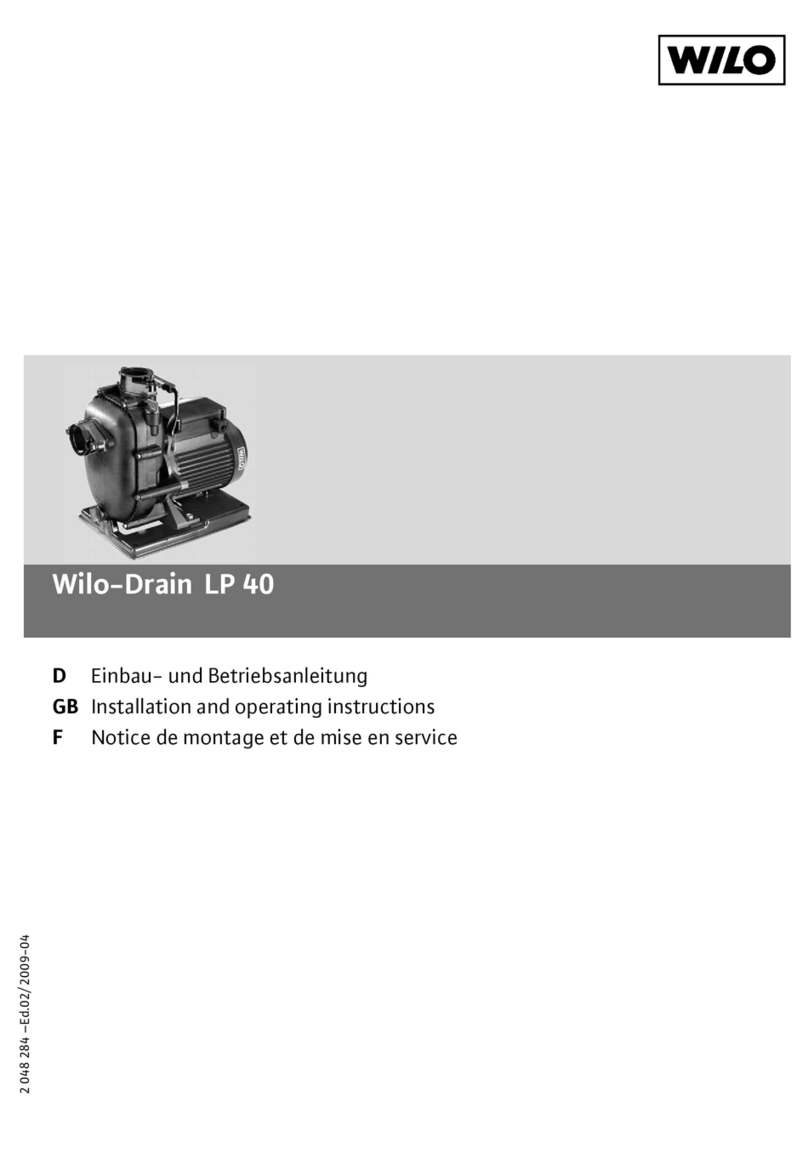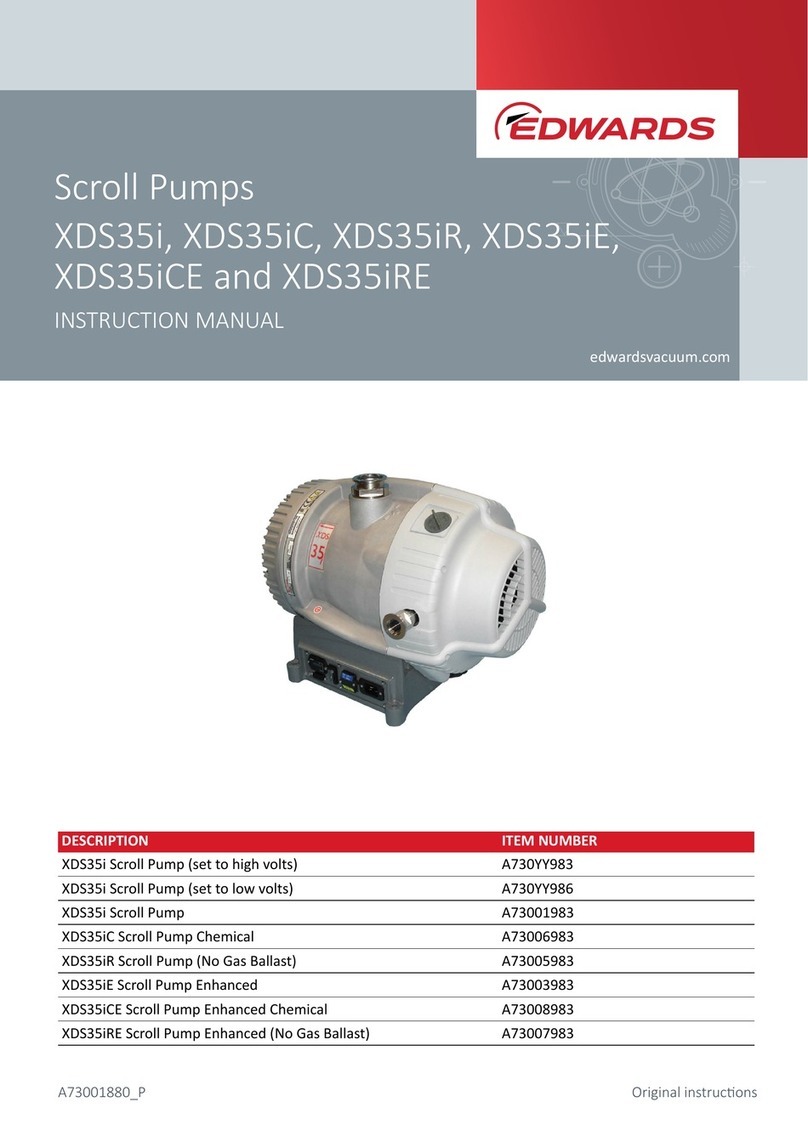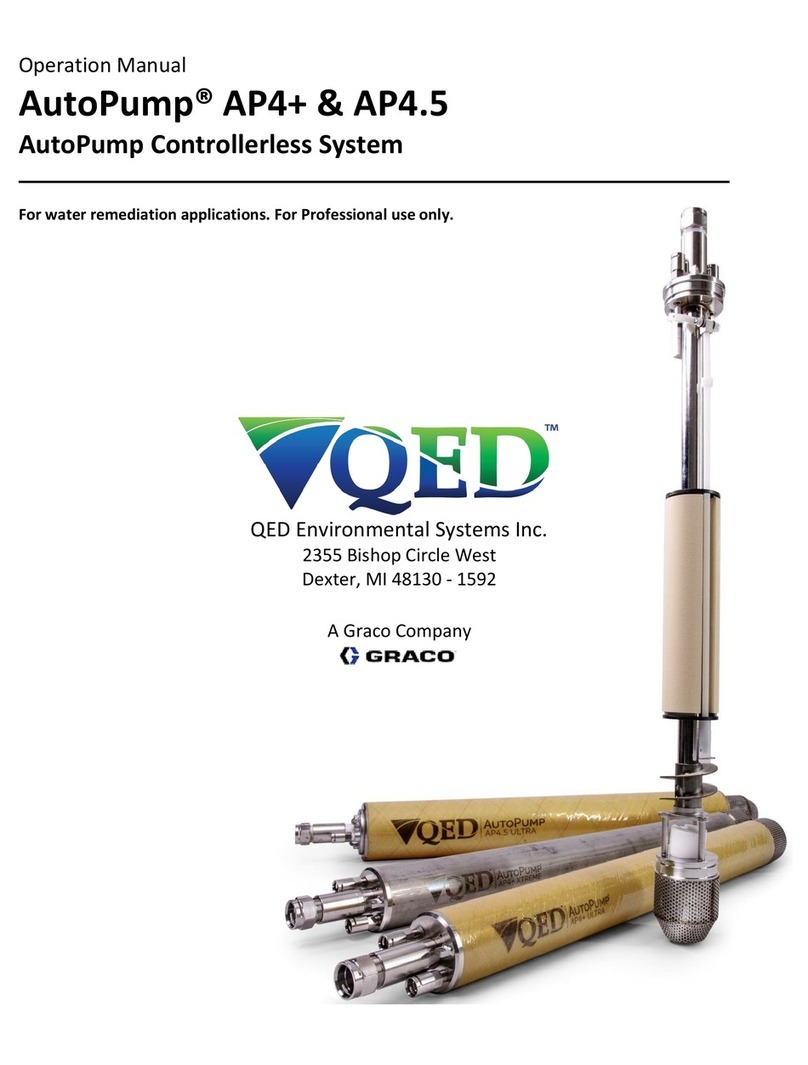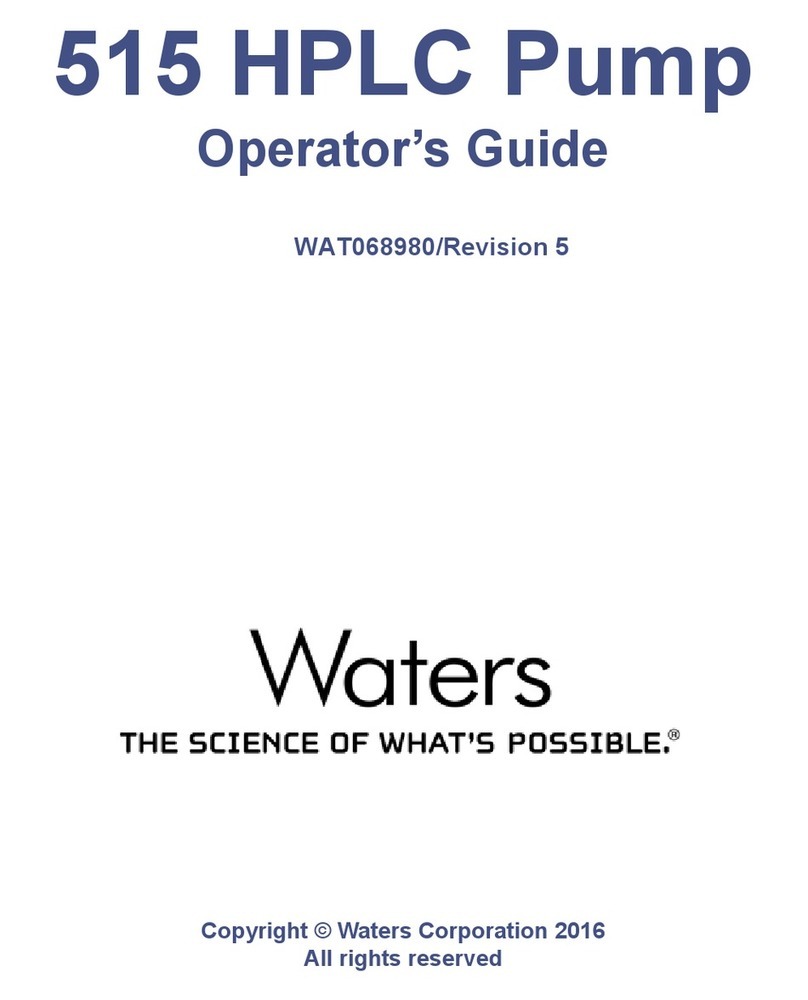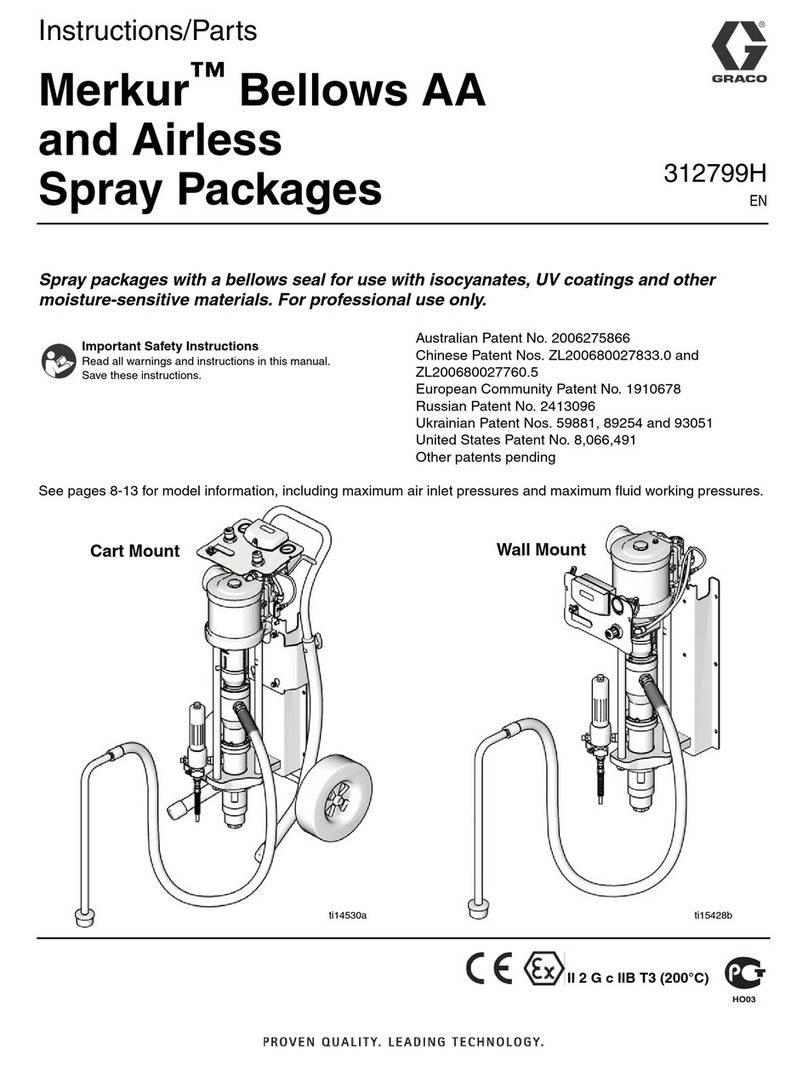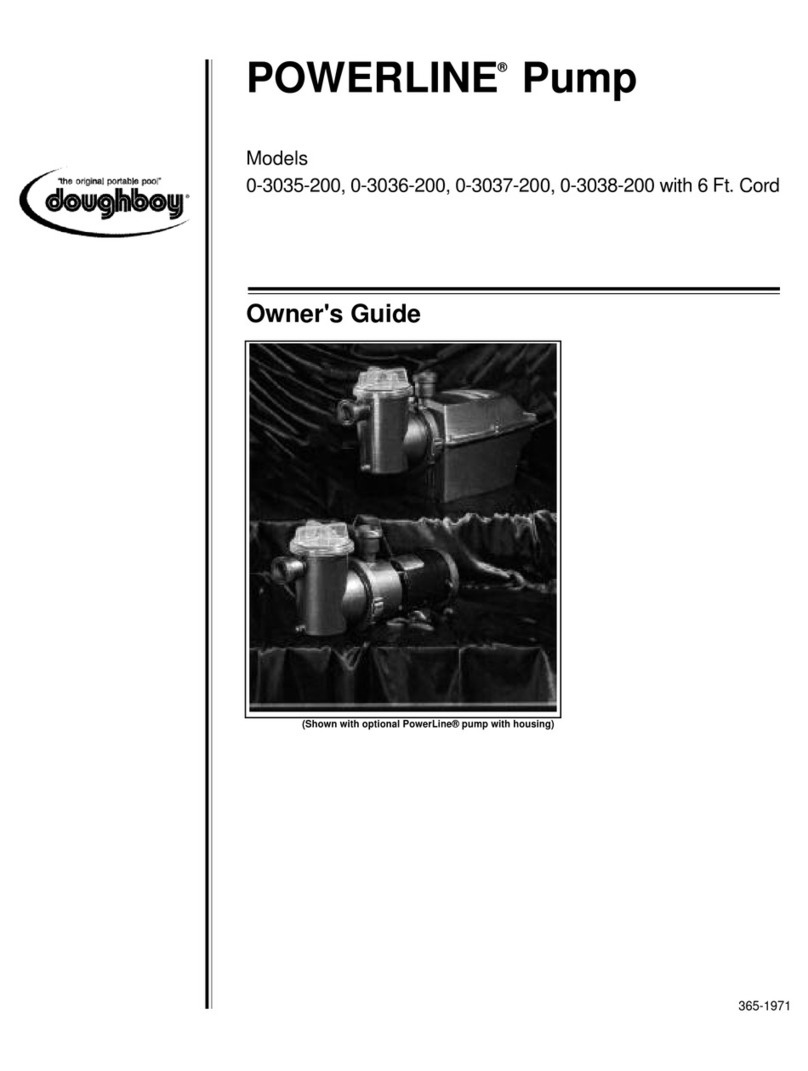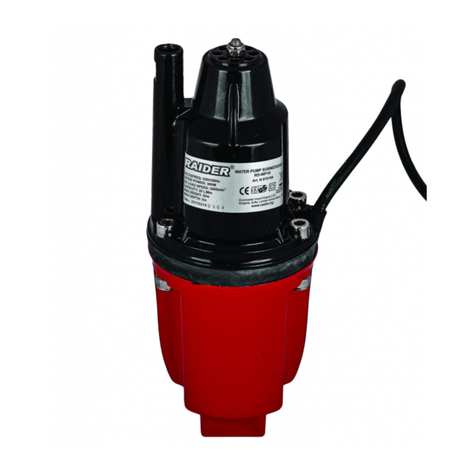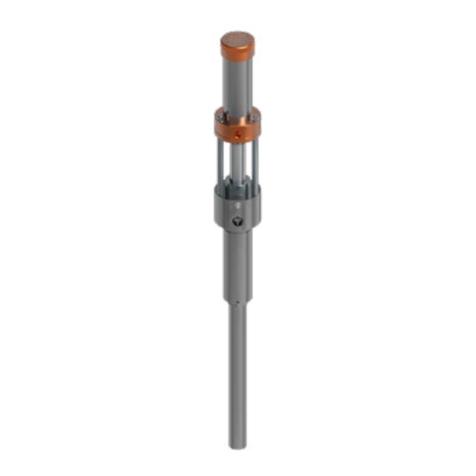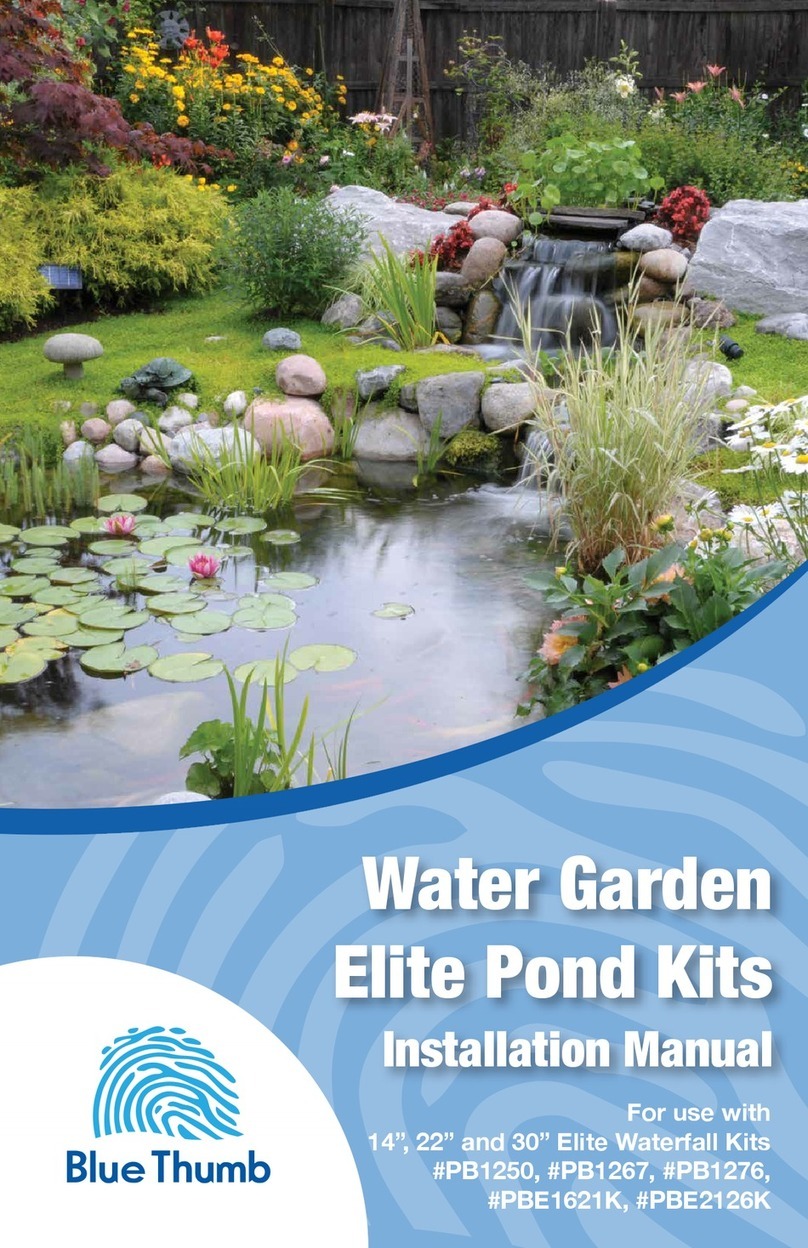Rioned AquaJet User manual

AquaJet
user manual

2
Operating and maintenance manual
Identification number: vo . . . . .
Serial number: . . . . . . . . . . . . .
Type AquaJet
Year of manufacture: . . . .
Manufacturer:
Rioned
Centaurusweg 45
5015 TC Tilburg
P.O. Box 5070
NL-5004 EB Tilburg
Tel. no.: +31 13-5479100
Email: [email protected]
Internet: www.rioned.com
For information about adjustments, maintenance or repairs not contained in this user manual,
contact Rioned.
Original user manual
Publication date: 16/4/19
Version: 08
All rights reserved. No part of this publication may be reproduced and/or made public by
means of printing, photocopying, microfilm or any other means whatsoever without the prior
written permission of Rioned.
Rioned reserves the right to make changes to parts at any time, without providing prior or direct
notification to the buyer. The content of this user manual may also be changed without prior
notification.

3
Preface
This user manual is intended for the professional user. It is intended to enable the user to
operate the machine and must always be kept with the machine.
The photographs and drawings in the manual are intended to support the text.
In this user manual you will first find an introduction that describes, among other things, the
intended purpose of the machine. Then there is an explanation of how the machine is
constructed and how it works in general. This is followed by an overview of the most important
safety aspects.
Then the best way to start up and operate the machine is explained. The standard functions and
additional functions are described separately. The information in the Maintenance section
allows you to perform simple maintenance work yourself. Troubleshooting tips to help you
correct minor malfunctions yourself are also provided.
Finally, at the end of this user manual you will find an index to help you quickly find information
and a number of annexes containing, among other things, Rioned's contact details.

4

5
Table of contents
4 Introduction .......................................9
5 Description and principle of
operation............................................ 11
5.1 Introduction............................................................ 11
5.2 Machine.................................................................. 11
5.2.1 Design and principle of operation......................... 11
5.2.2 Symbols on pressure gauge, pressure regulator
and valve controls ..................................................19
5.2.3 Accessories.............................................................19
6 Safety..................................................21
6.1 Introduction............................................................ 21
6.2 General danger symbol..........................................21
6.3 Working safely ........................................................ 21
6.4 Dangers of non-compliance with safety
instructions............................................................. 21
6.5 Use only by authorized personnel .........................22
6.6 Bystanders ..............................................................22
6.7 Restrictions on use.................................................22
6.8 Thunderstorm ........................................................22
6.9 Spraying..................................................................23
6.10 Spray break .............................................................23
6.11 Sewer gases ............................................................23
6.12 Water tank ..............................................................23
6.13 Emergency stop......................................................23
6.14 Levers and valves ...................................................23
6.15 Personal protective equipment............................. 24
6.16 Water discharge..................................................... 24
6.17 Other machine safety provisions.......................... 24
6.17.1 Introduction........................................................... 24
6.17.2 Pressure regulator ................................................. 24
6.17.3 Protective guards .................................................. 24
6.18 Safety sticker...........................................................25
7 Operation: standard functions........ 27
7.1 Introduction............................................................27
7.2 Checks before departure ........................................27
7.3 Preparations at the workplace ...............................28
7.3.1 Preparing the vehicle..............................................28
7.3.2 Before starting........................................................28
7.3.3 Workstations ..........................................................30
7.3.4 Starting the engine.................................................32
7.3.5 Starting engine type Honda GX630.......................32
7.3.6 Starting engine type Honda GX690 with the
control box:.............................................................34
7.3.7 Starting the engine with the eControl ................... 35
7.3.8 Starting the engine with the eControl+ .................36
7.3.9 Starting the engine with the Riomote control
(eControl) ...............................................................38
7.3.10 Starting the engine with the Riomote control
(eControl+).............................................................38
7.3.11 Starting Honda GX690 with the 5-channel
cable reel ............................................................... 40
7.4 Unblocking a sewer................................................ 41
7.4.1 Spray nozzle warning............................................. 41
7.4.2 Preparations for spraying ...................................... 41
7.4.3 Starting spraying.................................................... 41
7.4.4 Stopping spraying .................................................. 45
7.5 Handling the high pressure hose..........................46
7.6 Cleaning a wall, terrace or floor.............................47
7.6.1 Warnings for spray gun .........................................47
7.6.2 Preparations for spraying ......................................47
7.6.3 Pressurizing the system.........................................47
7.6.4 Starting spraying....................................................49
7.6.5 Depressurizing the system....................................49
7.6.6 Stopping the engine................................................51
7.7 Ending the work ..................................................... 53
7.7.1 Cleaning up, securing and draining ...................... 53
7.7.2 Additional steps during freezing temperatures.... 53
8 Operation: extra functions .............. 59
8.1 Introduction ........................................................... 59
8.1.1 Location of extra functions:...................................59
8.2 eControl.................................................................. 61
8.2.1 Design and principle of operation ........................ 61
8.2.2 eControl.................................................................. 61
8.3 eControl+ ...............................................................62
8.3.1 Design and principle of operation ........................62
8.3.2 eControl+ ...............................................................63
8.3.3 Lightbar ..................................................................64
8.3.4 Navigation bullets..................................................64
8.3.5 Functions and symbols..........................................68
8.3.6 Tachometer ............................................................69
8.4 Riomote control (option) ......................................70
8.4.1 Introduction ...........................................................70
8.4.2 Preparation for use ................................................70
8.4.3 Replacing the battery ............................................. 73
8.4.4 5-channel Riomote control (eControl) ..................74
8.4.5 5-channel Riomote control (eControl+) ................ 75
8.4.6 7-channel Riomote control ....................................76
8.5 Functions 5-channel wired remote control ........... 77
8.6 Pulsator .................................................................. 78
8.6.1 Introduction ........................................................... 78
8.6.2 Manual operation pulsator....................................79
8.6.3 Starting the pulsator with the eControl+ ..............79
8.6.4 Stopping the pulsator with the eControl+ ............80
8.6.5 Setting the speed with the eControl+ when the
pulsator is switched on.......................................... 81
8.6.6 Starting the pulsator with the Riomote control ....82
8.6.7 Stopping the pulsator with the Riomote control ..82
8.7 Reel......................................................................... 83
8.7.1 Safety ...................................................................... 83
8.7.2 Hydraulically reeling high pressure hose in/out... 83
8.7.3 Manually reeling high pressure hose out..............84

6
8.7.4 Hose guide ............................................................ 84
8.7.5 Reeling high pressure hose in/out with the
eControl+................................................................85
8.7.6 Manually reeling out high pressure hose
controlled by eControl+ ........................................87
8.7.7 Reeling in/out with the Riomote control.............. 89
8.7.8 Hose meter counter eControl+.............................90
8.7.9 Activating the eControl+ ....................................... 90
8.7.10 Switching the hose counter on and off................. 90
8.7.11 Resetting hose counter to 0 metres ..................... 90
8.7.12 Switching between ‘metres’ and ‘feet’...................91
8.8 Electronic water level control.................................91
8.9 Dry running protection ......................................... 92
8.10 Suction venturi .......................................................93
8.11 Second HP reel instead of supply reel.................. 94
8.12 Non-return valve in supply line ............................ 94
8.13 Hour counter..........................................................95
8.14 Work light ...............................................................95
8.15 Rotating beacon .....................................................95
8.16 Additional steps during freezing temperatures
with antifreeze tank................................................95
8.16.1 Removing antifreeze ............................................. 97
8.17 Eco mode eControl+ ............................................. 97
8.17.1 Introduction........................................................... 97
8.17.2 Switching eco mode on and off ............................ 97
8.17.3 ECO Start/Stop...................................................... 99
8.17.4 ECO Stop ............................................................. 100
8.18 Management function eControl+ ....................... 100
9 Maintenance....................................103
9.1 Safety instructions................................................103
9.2 Making changes to the machine .........................103
9.3 Maintenance schedule .........................................103
9.4 Removal/installation of protective covers........... 105
9.5 Maintenance before the work.............................. 105
9.5.1 Check oil levels..................................................... 105
9.5.2 Clean water filter .................................................. 105
9.5.3 Check high pressure hose and other hoses........106
9.5.4 Maintenance of remote control...........................106
9.6 Weekly maintenance............................................106
9.7 Maintenance every 50 hours of operation ..........106
9.8 Maintenance every 250 hours of operation
or at least once every six months ........................ 107
9.8.1 Lubricate moving parts........................................ 107
9.8.2 Clean pressure regulator ..................................... 107
9.9 Maintenance every 1000 hours of operation
or at least once a year .......................................... 107
9.9.1 Change hydraulic oil ............................................ 107
9.9.2 Clean suction valves of high pressure pump...... 107
9.9.3 Clean pressure valves of high pressure pump.... 108
9.9.4 Major scheduled maintenance............................108
10 Malfunctions .................................. 109
10.1 Fault messages eControl+...................................109
10.1.1 Emergency stop ...................................................109
10.1.2 Engine temperature too high ..............................109
10.1.3 Heat exchanger temperature too high ................ 110
10.1.4 Hydraulic oil temperature too high..................... 110
10.1.5 Hydraulic oil level too low ................................... 110
10.1.6 Coolant level too low ............................................ 111
10.1.7 Battery voltage too low ......................................... 111
10.1.8 Water level too low ...............................................112
10.1.9 Water level too high..............................................112
10.2 Troubleshooting.................................................... 113
11 Index ................................................ 119
12 Attachments .................................... 123

7

8

INTRODUCTION
9
4 Introduction
Congratulations on the purchase of the AquaJet! The AquaJet is intended for unblocking sewers
and cleaning walls, terraces and floors. With correct use, this machine will serve you well for
years to come.
Read this user manual carefully before putting the machine in service, and always use the
machine in accordance with the instructions. If problems occur, consult Rioned.
This user manual contains all the information about operation and maintenance. If the
machine is set up and operated correctly and regularly maintained, we provide the warranty
specified in the general terms and conditions of delivery. The warranty is void and your safety
and that of people in the vicinity cannot be guaranteed if the operating and maintenance
instructions are not followed or are not followed correctly.
The following requirements must be met when working with the machine:
Use in enclosed spaces:
> When working in an enclosed space, the space must be well ventilated.
> Make sure the combustion gases are properly discharged. Prevent CO poisoning!
Spray site:
ALWAYS follow the instructions below for the spray site:
> Demarcate the site clearly. The minimum distance between the spray site and the
demarcation is six metres.
> Remove anything within the demarcation that is not firmly anchored.
> NEVER spray from an unstable location. Examples: ladder, boat, or hanging scaffolding.
> If it is necessary to use artificial lighting, ALWAYS use waterproof light fixtures.

INTRODUCTION
10

DESCRIPTION AND PRINCIPLE OF OPERATION
11
5 Description and principle of operation
5.1 Introduction
In this chapter we first briefly describe the operation, the main components and the symbols
used for the machine and the accompanying accessories. You will then find a description of the
machine's control units in chapter ‘Control’, sections ‘eControl+’, ‘Riomote control’, ‘Control
box’ and ‘5-channel remote control’.
5.2 Machine
5.2.1 Design and principle of operation
The engine drives the high-pressure pump via a V-belt The high pressure pump draws water
from the water tank via the water filter and pressurizes it. The water then exits the machine at
high pressure via the high pressure hose on the reel.
The machine consists of the following parts:
1. High pressure hose on reel
2. Filling reel
3. Securing end of filling hose
4. Drip tray
5. Handle, reel
6. Locks, covers
7. Pressure gauge
8. Pressure regulator
9. Connection, drain hose
10. Drain valve, water filter
11. Water filter
12. Supply valve, water filter
13. Fuel tank
14. Reel latch
15. Button, emergency stop
16. High pressure pump
17. Supply valve, filling reel
18. Water tank
19. Spray nozzles on holders
20. Battery
21. Pump oil drain
22. Engine oil drain
23. High pressure valve
24. Drainage point drip tray
25. Engine
26. Hose holder
27. Control box
28. Throttle lever
29. Choke
(petrol engine only)
30. Expansion tank, coolant
(diesel engine only)
31. Air filter
(diesel engine only)
32. Indicator, water level

DESCRIPTION AND PRINCIPLE OF OPERATION
17
The following is a brief explanation of parts from the illustrations above that are not discussed
further in the manual.
Securing end of filling hose (3)
The end of the filling hose is attached to this connection.
Drip tray (4)
The drip tray is designed to collect any water that drips off the hoses.
This drip tray can be removed to access the engine, pump and battery for maintenance and
service.
Handle, reel (5)
The reel handle is designed to turn the reel and reel the hose on or off.
Locks, covers (6)
The pump and engine cover are held in place with these locks.
Connection, drain hose (9)
Connect the drain hose here and place the end of the hose outside the vehicle when you want
to empty the water tanks. Then the vehicle will remain dry inside.
Drain valve, water filter (10)
Opening this tap allows the water to flow out of the water filter. If the water filter supply tap is
also opened, the water tank will also empty.
Water filter (11)
Protects the high pressure pump and pressure regulator from dirt.
First fold the handle out, and then release the reel latch.
After use, latch the reel again and fold the handle back in.

DESCRIPTION AND PRINCIPLE OF OPERATION
18
Supply valve, water filter (11)
This valve is normally open. It is only closed when cleaning the water filter and servicing the
high pressure pump.
Reel latch (14)
This latch prevents the reel from turning. It is operated by twisting the wings.
Supply valve, filling reel (17)
Open this valve when the water tanks are filled through the filling hose.
Spray nozzles on holders (19)
Screw the spray nozzles onto the nozzle holders.
Battery (20)
The battery supplies the machine with power.
High pressure valve (23)
This valve regulates the supply of water to the high pressure hose. If the Riomote control
(option) is installed, the high pressure valve is always open. The water supply is then controlled
by the valve on the actuator. The high pressure valve acts as a safety valve in an emergency: this
allows you to immediately interrupt the supply of water to the high pressure hose.
Drainage point drip tray (24)
The drainage point is intended to drain water that lies in the drip tray.
By removing the plug, the collected water flows out.
Indicator, water level (32)
This indicates the water level in the water tank.
This sight glass can be hung anywhere in the vehicle.

DESCRIPTION AND PRINCIPLE OF OPERATION
19
5.2.2 Symbols on pressure gauge, pressure regulator and valve controls
5.2.3 Accessories
Pressure gauge (7)
The maximum operating pressure is indicated on a sticker near the
pressure gauge.
Reduce the operating pressure with the handwheel of the pressure
regulator until the indicator of the pressure gauge is halfway between 0
and the maximum operating pressure.
Pressure regulator (8)
Operation of high pressure valve (23)
Move the lever up to open the high pressure valve. Move the lever down
to close the high pressure valve.
The following are included as standard with the machine:
1. Two nozzles for unblocking sewers: ‘Open nozzle’ and ‘Blind nozzle’,
which are fitted on the end of the high pressure hose.
2. One spray gun with lance for cleaning façades, terraces and floors.
The spray gun is attached to the end of the high pressure hose using
the open-end spanners. These open-end spanners are also supplied
as standard.
Operating range Danger zone
Maximum allowable pressure
Less pressure More pressure
Spray nozzle, open
Spray nozzle, blind
Spray gun with lance

DESCRIPTION AND PRINCIPLE OF OPERATION
20
3. Two open-end spanners for tightening and loosening the spray gun.
4. This user manual
5. Engine documentation
6. One suction hose with strainer.
7. Attachment: high pressure pump
8. Attachment: exploded view drawings and diagrams.
Open-end spanners
Table of contents
Other Rioned Water Pump manuals
Popular Water Pump manuals by other brands
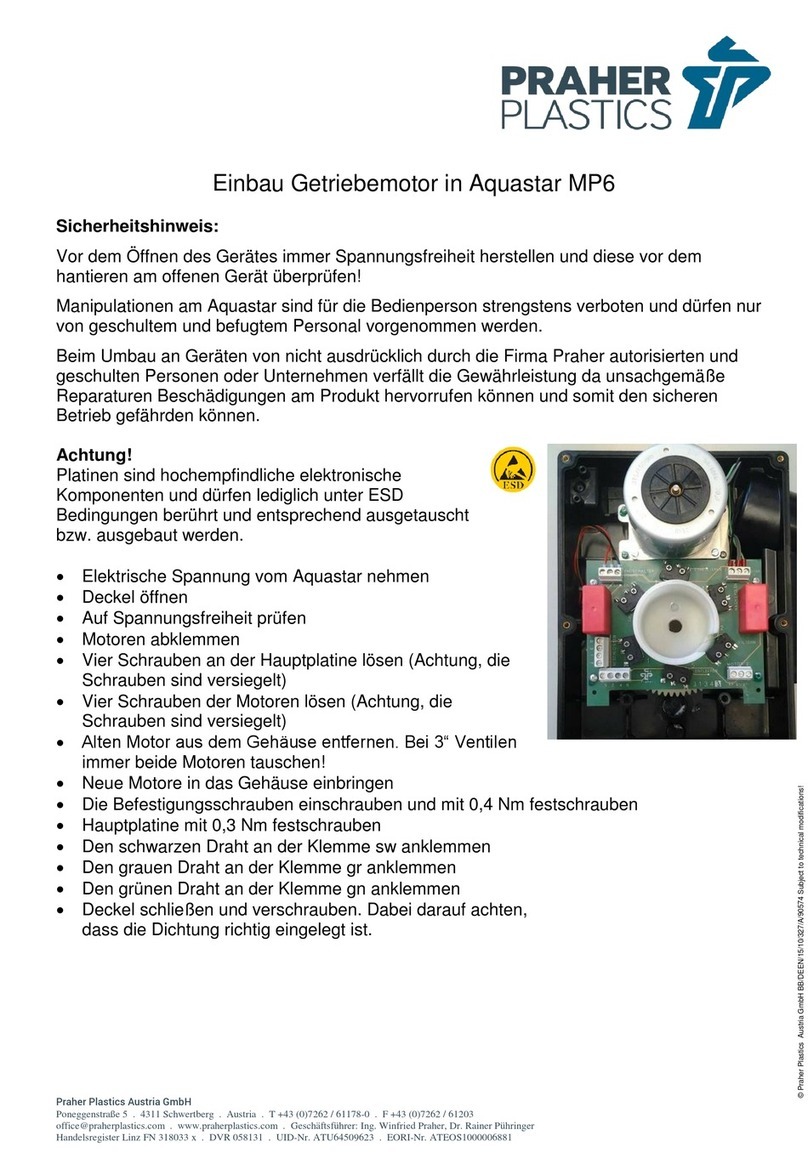
Praher Plastics
Praher Plastics Aquastar MP6 installation instructions
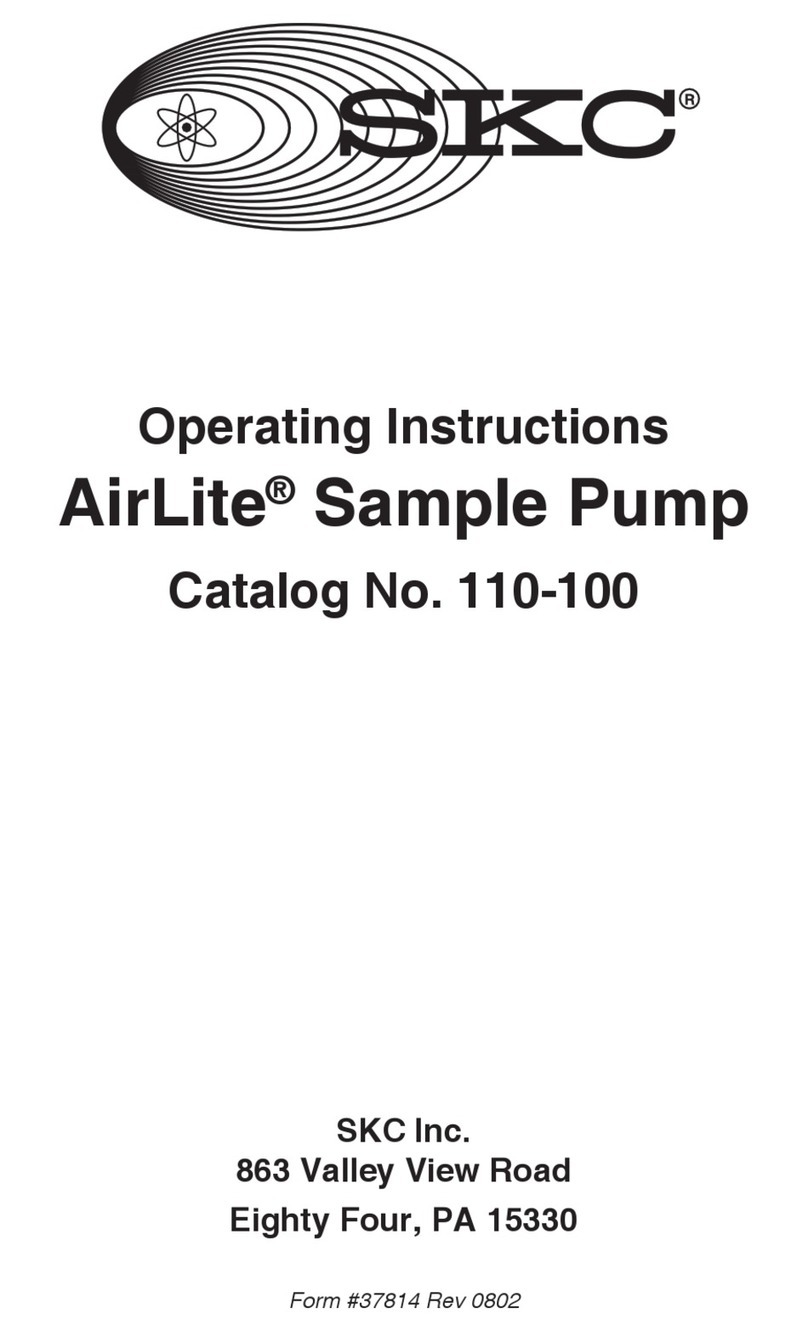
SKC
SKC AirLite 110-100 operating instructions

Champion Power Equipment
Champion Power Equipment C40940 manual
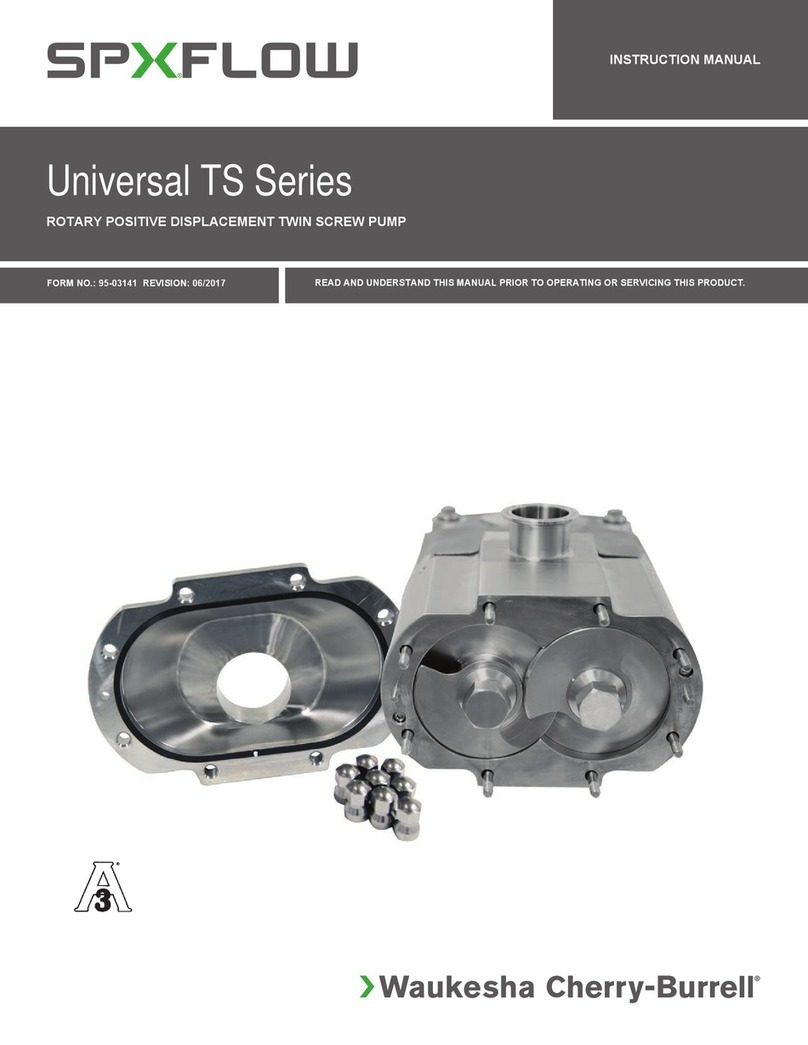
SPX FLOW
SPX FLOW Universal TS Series instruction manual
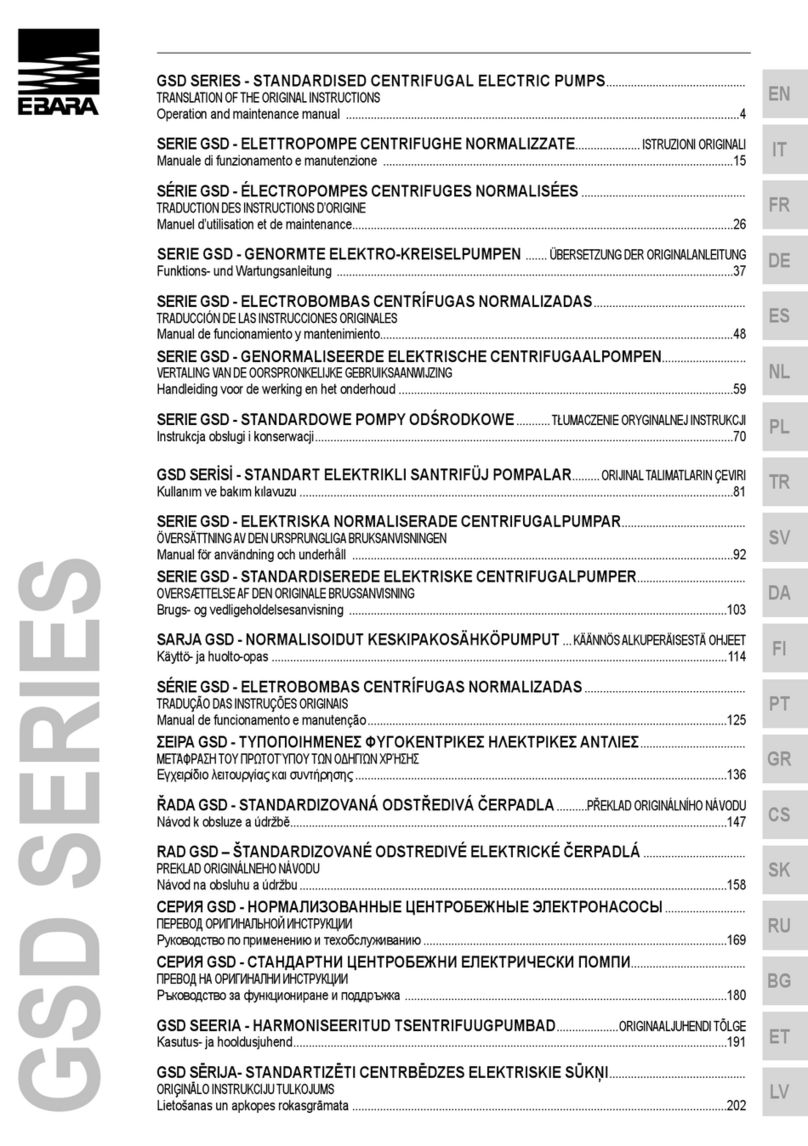
EBARA
EBARA GSD Series Translation of the original instructions

Little Giant
Little Giant BSC33 owner's manual





